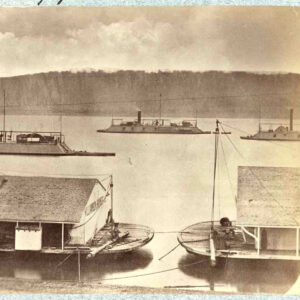 U.S. Gunboats
U.S. Gunboats
Time Period: Civil War through Reconstruction (1861 - 1874) - Starting with U
 U.S. Gunboats
U.S. Gunboats
 Unconditional Union
Unconditional Union
Union County Lynching of 1873
Union Occupation of Arkansas
Union Transport near St. Charles, Attack on
aka: Attack on U.S. Transport Marmora (October 22, 1864)
Unionists
United Confederate Veterans (UCV)
United Sons of Ham of America
aka: Sons of Ham
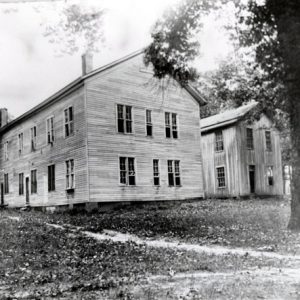 University of Arkansas's First Buildings
University of Arkansas's First Buildings
Upham, Daniel Phillips
 USS Baron DeKalb
USS Baron DeKalb
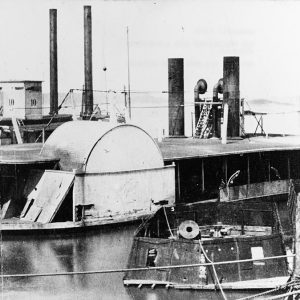 USS Linden
USS Linden
 USS Linden
USS Linden
USS Arkansas (Civil War)
USS Baron De Kalb
aka: USS St. Louis
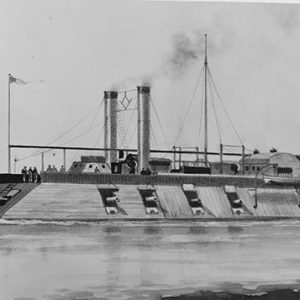 USS Saint Louis
USS Saint Louis
 USS Cincinnati
USS Cincinnati
USS Cincinnati
USS Clara Dolsen
USS Conestoga
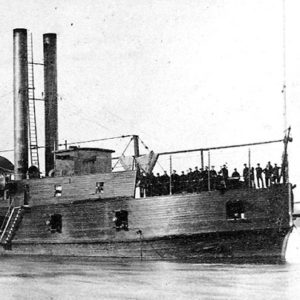 USS Conestoga
USS Conestoga
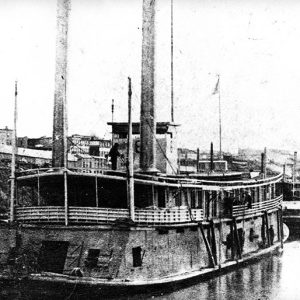 USS Cricket
USS Cricket
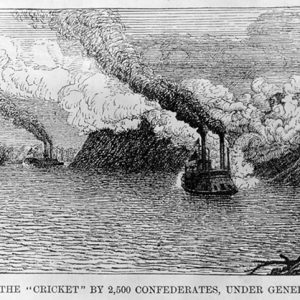 USS Cricket
USS Cricket
USS Cricket
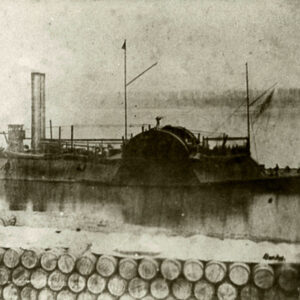 USS Eastport
USS Eastport
 USS Fort Hindman
USS Fort Hindman
USS Fort Hindman
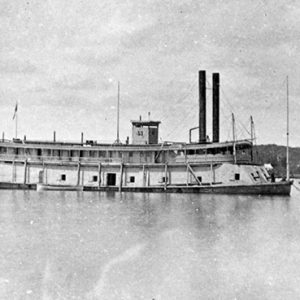 USS Glide
USS Glide
USS Glide
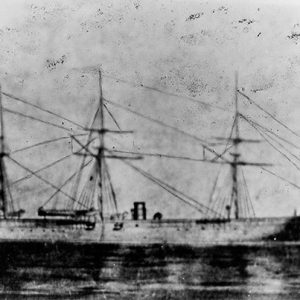 USS Lackawanna
USS Lackawanna
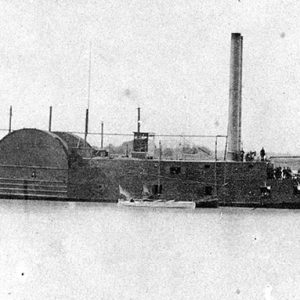 USS Lexington
USS Lexington
 USS Lexington
USS Lexington
USS Lexington
USS Linden
aka: Tinclad No. 10
USS Louisville
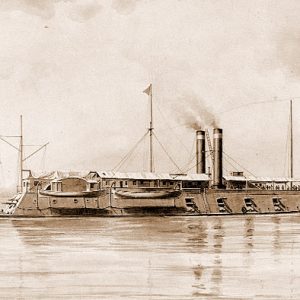 USS Louisville
USS Louisville
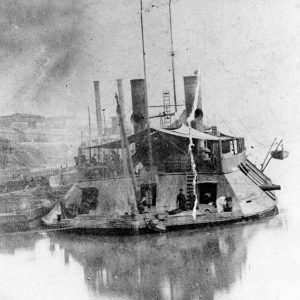 USS Louisville
USS Louisville
USS Marmora
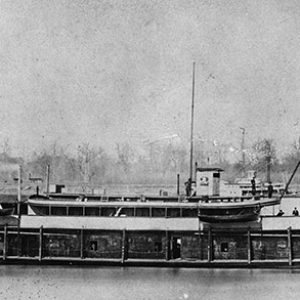 USS Marmora
USS Marmora
USS Monarch
 USS Monarch
USS Monarch
USS Mound City
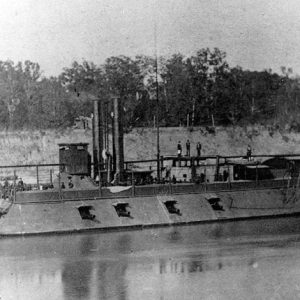 USS Mound City
USS Mound City
USS New Era
 USS Prairie Bird
USS Prairie Bird
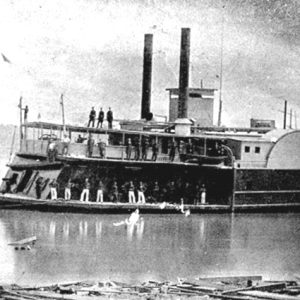 USS Queen City
USS Queen City
USS Queen City
USS Queen City, Sinking of
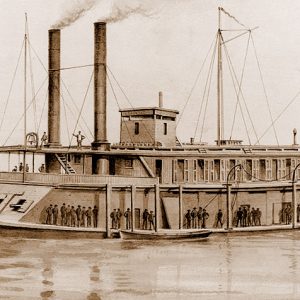 USS Rattler
USS Rattler
 USS Rattler
USS Rattler




